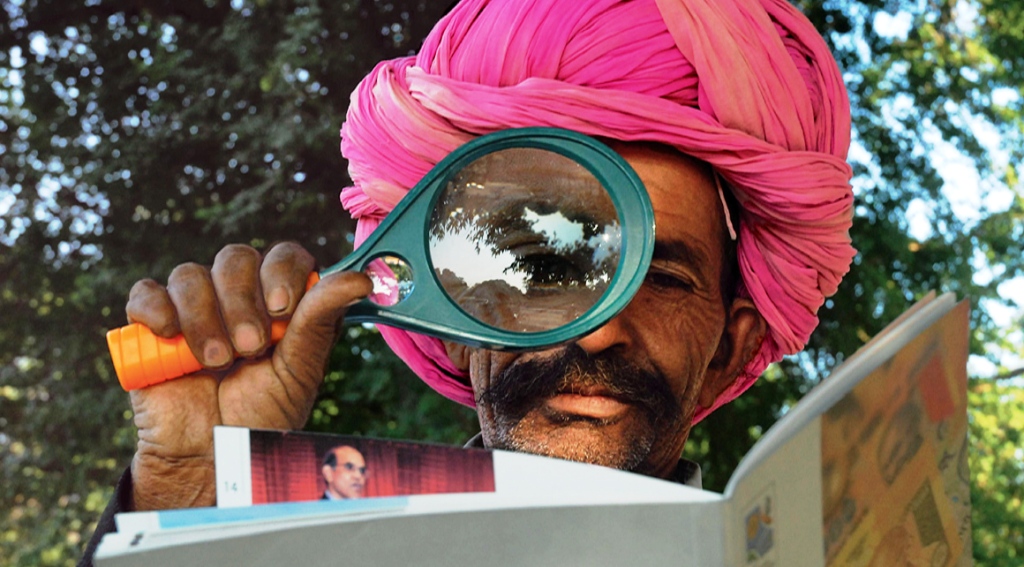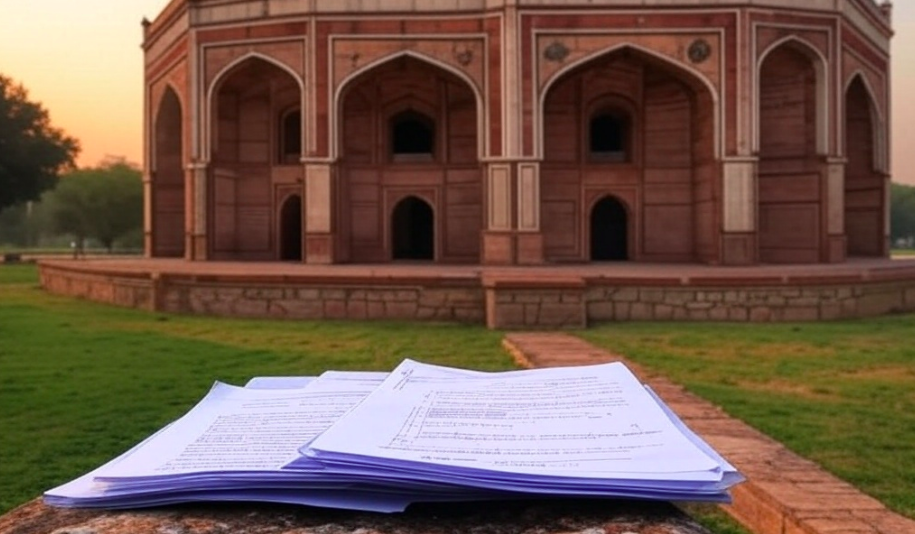By Saurav Das
Much has been debated, discussed and done on the former CBI Director Alok Verma’s case. From the midnight coup on the CBI headquarters in October 2018 to the decision of PM Modi-led Selection committee to remove Alok Verma in January 2019; the whole case has been a serious controversy. But what the public has forgotten is the way in which CBI was removed from the ambit of the Right to Information Act in the year 2011 by the then Manmohan Singh-led UPA-II government and why it is important that it is brought back under the law.
The Right to Information Act or the RTI Act is one of the strongest transparency laws in the whole world and serves as a model for other countries. It requires all government authorities and institutions at all levels of government in the country, to furnish any information that is held by them on any matter. Exceptions being the security and intelligence agencies. But these agencies to have to reveal information in any cases related to corruption and human rights violation. Such is the power of this law that since 2005, the year this law was enacted, more than 68 RTI Activists have been killed and a number of them harassed in various parts of the country. The fear of this law has been a boon in the hands of the common man.
When the legislation was being framed, no need was felt to include the CBI in the exempted organisations’ list because it is mainly involved in investigating anti-corruption cases. Even the second Administrative Reforms Commission headed by M. Veerappa Moily had not recommended an exemption to the CBI. The CBI was given complete exemption only in June 2011 after the CBI demanded it. But interestingly the CBI had originally requested for exemptions only for its units involved in intelligence collection but the government granted the exemption as a whole. But why possibly was the UPA-II government so keen in granting a complete exemption to the CBI even though the original proposal requested exemption only for a few units of CBI? And we must remember that it was the same UPA-I government in 2005 that enacted this hallmark law.
Under section 24(2) of the RTI Act, the Central government has powers to add or remove organisations and agencies from the exempted organisations list from time-to-time. Section 24(2) reads as follows: “The Central Government may, by notification in the Official Gazette, amend the Schedule by including therein any other intelligence or security organisation established by that Government or omitting therefrom any organisation already specified therein and on the publication of such notification, such organisation shall be deemed to be included in or, as the case may be, omitted from the Schedule.”
The section says “any other intelligence or security organisation”. Whether the CBI falls into any of those 2 categories has been an issue of debate and court cases. A PIL was filed in the Delhi High Court in 2011 challenging the inclusion of CBI in the exempted organisation’s list on the grounds that CBI is not a “security and intelligence organisation” as required under section 24(2) of the RTI Act and that the orders are ultra-vires.
The government had told the high court that the exemption granted to the CBI under RTI was not a “blanket exemption” and does not warrant judicial interference.
Supreme Court Advocate and BJP leader Ajay Agrawal, the petitioner, in this case, says that there is more than this. In a conversation with me, Mr Agrawal said “The notification was issued solely to scuttle the RTI appeal pending before the then Chief Information Commissioner, New Delhi in regard to Bofors – Quattrocchi case in which order was passed by CIC directing the CBI to provide the requisite papers to me. It is only to save Ottavio Quattrocchi, prime accused in Bofors Scam.”
However, the PIL is now pending before the Supreme Court upon transfer from the Delhi High Court after the Centre had said that several petitions in this regard have been filed in different high courts across the country.
But Mr Agrawal says “They wanted to delay the disposal of the petition before the Delhi High Court and therefore filed transfer petitions. Or else, my case would have been disposed of way back in my favour.”
Mr Agrawal also said that though he had filed an application for urgent hearing in October 2017, he is still waiting for the Supreme Court to take up the matter.
Given the recent developments in the CBI case, it has now become imperative that the government removes CBI from the exempted list of organisations and brings it back under the ambit of the transparency law. Because when organisations work in secrecy, much of it is hidden from the public’s eyes and therefore such organisations escape public scrutiny, which is important for an effective democracy. If the CBI is brought under the RTI Act, people will have a better view of what transpired during the Alok Verma case and people could also track the long pending cases before the CBI and any acts of omissions and commissions. Not only that, since the CBI investigates cases of corruption against high-ranking officers and politicians, transparency in the proceedings of these cases will serve the public interest.
CBI’s exclusion from RTI came in as a rude shock to the people who were using RTI to get details of corruption cases. While all the required exemption was already there in the RTI Act (Section 8), the decisions of the UPA-II government was against the preamble of the RTI Act which says that the purpose of the RTI Act is to contain corruption. If any honest government wants to contain corruption, it needs to bring in the CBI under the RTI Act, again.
(Author is an RTI Activist and Freelance Journalist)









